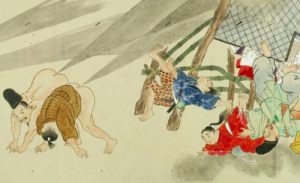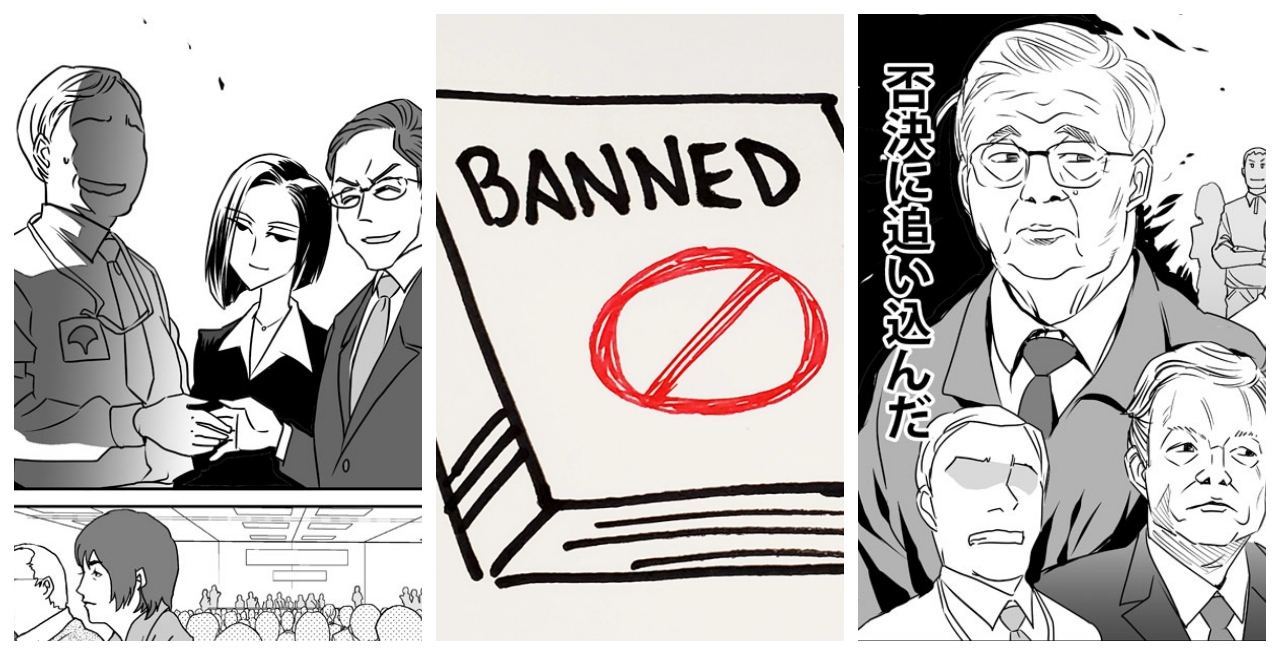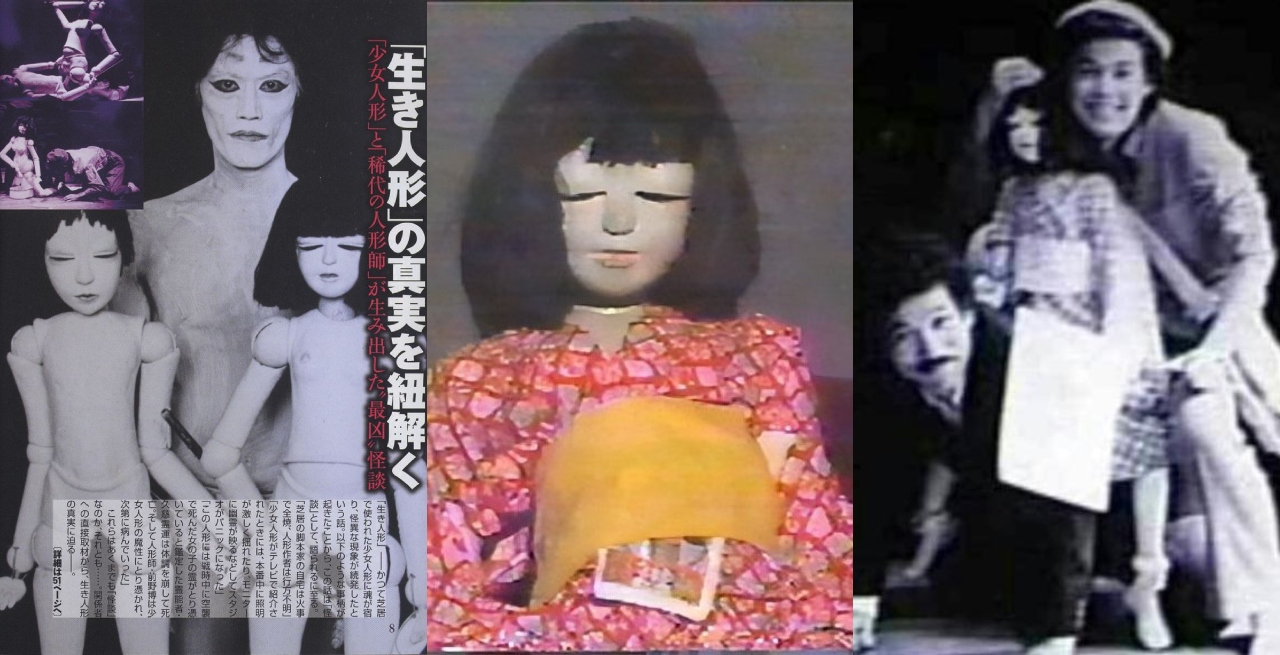
When we picture samurai warriors, images of honor, discipline, and fierce sword battles come to mind. However, there is a hidden and often overlooked aspect of samurai culture that was both peculiar and, at times, downright vulgar. Prepare to delve into the obscure world of ancient samurai fart battles, where warriors engaged in bizarre contests of flatulence, testing not only their mettle but also their control over bodily functions. Though unconventional, these contests were a genuine component of samurai folklore and provide a unique glimpse into the lighter side of their lives.

The oldest living visual example of such contests comes from an Edo period (1603–1868) scroll called He-Gassen (Japanese: 屁合戦, literally: “Fart competitions”). Created by an unknown artist or artists, the scroll depicts the flatulence humour of samurai enjoying their downtime in the relative peace and stability of the era. However, this gaseous pastime has been mentioned all the way back around the end of the Heian Period (794–1185) by artist-monk Toba Sōjō.

As this period had little need for samurai warriors, this became a somewhat hedonistic time for these men—focusing not on war, but on politics, philosphy, and the comfort found in geisha girls. Despite this, a counter-culture formed to keep the practice of the Bushido code alive in this peaceful times in the form of fart battles. Participating in sparing matches required more than simply releasing gas. Samurai warriors develop techniques to control the volume, duration, and even the tonal quality of their flatulence. These techniques were honed through specific diets and physical exercises aimed at enhancing their digestive systems and producing resonant and impressive farts.

Despite their childish nature, these samurai fart battles are depicted with an unusual ferocity as these wind-breaking warriors are seen uprooting trees, punching through walls, and even toppling buildings with their noxious emissions. Demonstrating the discipline and strength samurai are known for. Whilst this is probably not true to life, vastly exaggerating the sheer power displayed visually, these tales and artwork depicting these battles have been preserved, providing a glimpse into this peculiar aspect of samurai culture and historical Japanese culture.


More Japanese Deep Dives
Hi fellow weirdos! This is Javi again, researching for you to bring you another interesting bit of Japanese media. We have previously discussed the term “Denpa,” which, according to Jisho.org,… Imagine yourself 12 years ago. You are an anime and manga fan who now has even more access to your favorite shows than ever before thanks to internet massification. Things… Hanatarash, or Hanatarashi, is a two-piece noise band from Osaka, Japan. Composed of vocalist, visual artist Yamantaka Eye, and guitarist Mitsuru Tabata, the band focused on the obscure music genres… Welcome, fellow weirdos, to another captivating exploration of Japanese culture. Prepare yourselves for a spine-chilling journey as we delve into a tale filled with possessed dolls, ancient curses, and the…Denpa Visual Novels – The Big Three Denpa Games
The Year Manga was Banned (But Not Really): A Deep-Dive Into Bill 156
Hanatarash: Japan’s Most Dangerous Band
Japan Deep Dive: Iki Ningyo, The Cursed Living Doll

Hey there, I’m Jim and I’m located in London, UK. I am a Writer and Managing Director here at Grimoire of Horror. A lifelong love of horror and writing has led me down this rabbit hole, allowing me to meet many amazing people and experience some truly original artwork. I specialise in world cinema, manga/graphic novels, and video games but will sometime traverse into the unknown in search of adventure.



